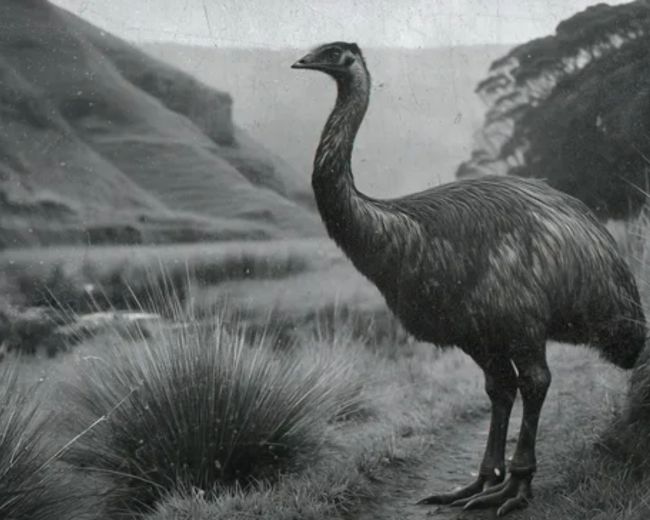Peter Jackson's precious: The King Kong of birds may rise from the ashes
While Peter Jackson prepares to return to Middle-earth with a new Lord of the Rings film, he's also embarking on a real-world adventure that sounds straight out of science fiction. The acclaimed New Zealand director has joined forces with Colossal Biosciences, a Texas-based genetic engineering company, in an ambitious bid to bring back the South Island giant moa, a flightless bird that went extinct around 600 years ago.
Once standing more than 12 feet (3.6 meters) tall and weighing over 200 kilograms, the moa dominated New Zealand's ancient forests before vanishing shortly after the arrival of Polynesian settlers. Now, Jackson and his collaborators hope to revive the species using recovered DNA and advanced gene-editing techniques, creating what some are calling a scientific version of Jurassic Park.

Jackson, a long-time moa enthusiast with a personal collection of over 400 fossilized bones, is more than a casual supporter. He's invested $15 million in Colossal and is working closely with the Ngāi Tahu Research Centre at the University of Canterbury, which represents the largest Māori tribe in the South Island. The collaboration aims not only to revive the moa but also to reconnect modern science with Indigenous knowledge and conservation.
The moa now joins a growing list of extinct animals targeted by Colossal, including the woolly mammoth, the dodo, and the Tasmanian tiger. The company claims recent breakthroughs, including genetically modified grey wolves with dire wolf traits and "woolly mice" with mammoth-like features, which mark a new era in synthetic biology.
But not everyone is convinced, of course. Critics argue that calling these efforts "de-extinction" is misleading. What's being created, they say, are engineered hybrids, animals that may look the part, but are biologically and behaviourally far removed from their ancient ancestors. Others worry that reviving extinct species diverts funding and attention from the urgent task of saving the ones we still have.
Colossal, for its part, maintains that the goal is broader than spectacle. CEO Ben Lamm believes that the same tools used to revive extinct animals could help endangered species by restoring genetic diversity and resilience. The moa, he argues, could one day play a role in restoring New Zealand's native ecosystems, many of which evolved with large herbivores that no longer exist.
<bild></bild>
For now, the project is in early stages. Scientists are sequencing ancient DNA from moa bones and comparing it to that of living relatives like the emu. The hope is to reconstruct the moa's genome and eventually hatch a living specimen using genetically modified embryos.
It's a complex and uncertain process, and one that raises difficult ethical questions. But for Jackson, whose career has blended the fantastical with the epic, the moa represents something more than science. "The hope that within a few years, we'll get to see a moa back again... that gives me more enjoyment and satisfaction that any film ever has," says Jackson.
<bild></bild>